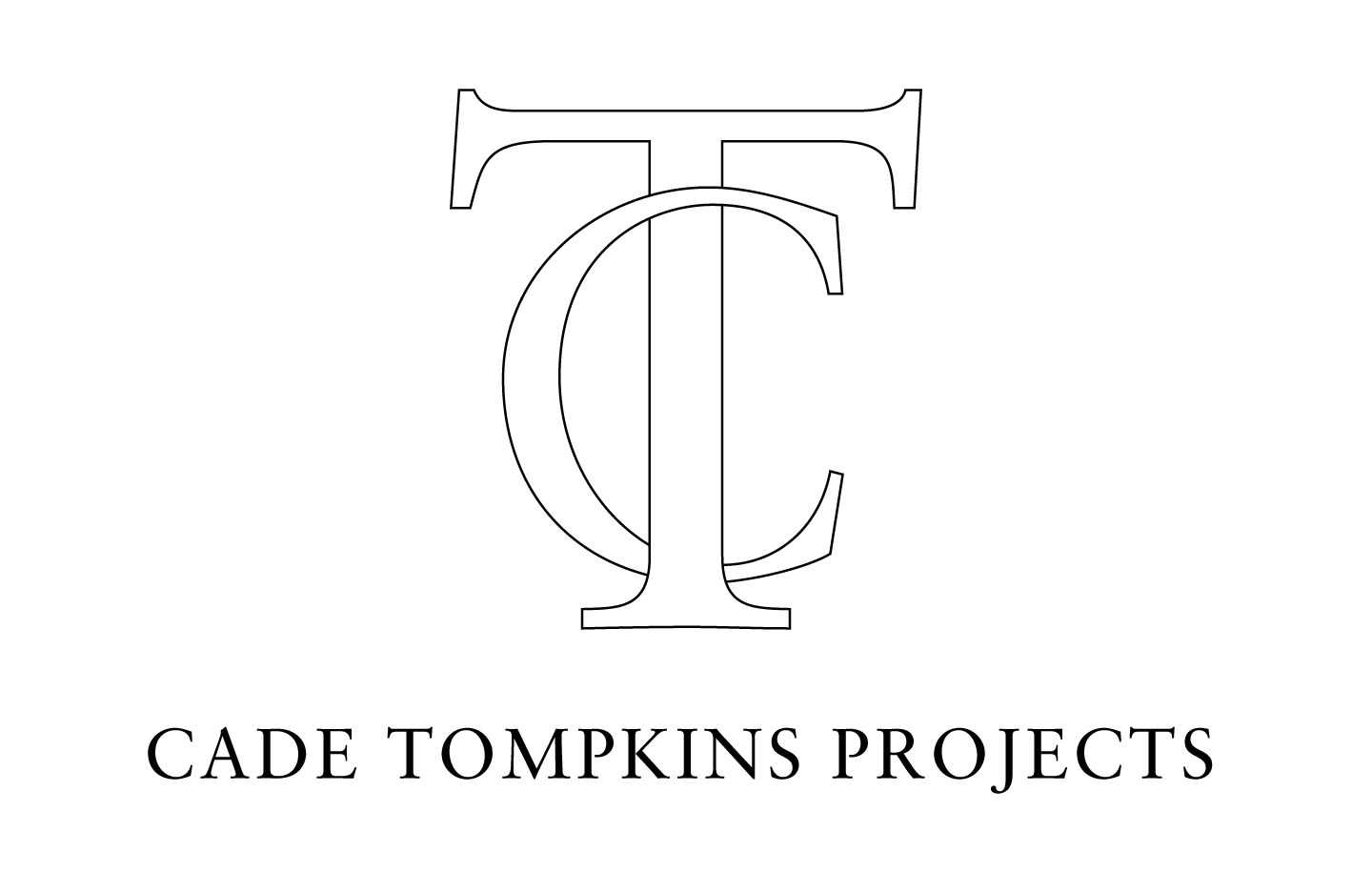Past and present collide and coalesce in Bob Dilworth's large-scale abstract paintings. His stencil and collage technique gives his images the texture and layer of memory. His swirls and streaks of bright spray paint imbue them with a popping, contemporary style. Although the paintings begin with an image-Dilworth invites friends and colleagues into his studio to be digitally photographed-he doesn't think of the works as portraits. Instead, he tries to capture the force of a personality, using the spray paint on stencils to convey movement and a sense of drama.
The day we met, Dilworth was working on the life-size figure of Providence, RI, actress and frequent model Sylvia Ann Soares. Standing back from his canvas, one hand on his greying goatee and peering through professional-but-stylish eyeglasses, he surveys his work in progress. He's not sure about the gold background he's experimenting with. Gold seemed to suit Soares's stature, but now he's not so sure.
Each painting "calls for what it wants and needs," says Dilworth. "I don't try to force anything. Sometimes I just sit and look. That's part of the process, too." Layering color and shapes over the initial image is the fun for him. Before he gets to that stage, the process is more technical. He creates a large scan of the photograph, then draws the outline of his subject's full body by hand in black marker onto transparent film draped over the canvas. He cuts along the lines to make a stencil. Then the spraying begins and bright color fills and blurs in the lines. When the film is pulled away, the image is awash in vibrant color that seems to move energetically all over the canvas.
Dilworth's studio is a converted garage tucked behind his modest and inviting two-story house in Providence. He bought the property in 1996, two years after he began teaching full-time at the University of Rhode Island. The garage, with its potential for a studio, was what "sold me" on the house, he says. Now that Dilworth is working on 87-x-67-inch canvases, the space is too small. Surrounded by dozens of neatly arranged cans of spray paint, floodlights, power cords and tools of collage such as Elmer's Glue and folded reams of fabric, he jokes that the size of the studio's door is the one thing that keeps him from going even bigger with his paintings.
Dilworth creates a sense of urgency on canvas yet hardly seems restless himself. He's soft-spoken and genial with an easy laugh, his humble manner likely prized in small-town Lawrenceville, VA, where he grew up. This once-thriving community is fading into history, he says, as aged residents die and descendants leave for opportunities elsewhere. In an effort to preserve "institutional memory," Dilworth has returned to Lawrenceville over the years to interview residents and take photos of their homes, furniture, curtains, quilts and tablecloths that wove the stories of their lives. People then began giving Dilworth leftover swathes of fabric or upholstery-bequeathing to him and entrusting him with these precious artifacts.
The converted garage is a freestanding studio yet Dilworth has another studio in his house. A spiral staircase in the yard winds up to a cozy back deck that overlooks the leafy backyards of his neighborhood. Sliding doors open into a room where a large drafting table dominates, indicating that it's as much work space as living space. There's a sewing machine off to the side, and next to it a stack of folded pants and shirts. These belonged to Dilworth's late father, and the artist plans to cut and sew the fabric into panels for a personal "memory quilt," he says. Quilt-making-patchwork blankets both utilitarian and personally expressive-is another of his current projects. "It is all about memory," says Dilworth, who taught himself to sew so that he could create a visual narrative for his hometown.
Squares from the Lawrenceville textiles layer the quilt on the table. Just as Dilworth does with his canvas collages, he adds bursts of color with geometric patterns, juxtaposes shapes and mixes textures on the quilt. The result is a tapestry of woven conversations that pays homage to the past yet beats with the aliveness of the present.


